Sociology class learns about New Leash on Life USA
TOWAMENCIN – Dr. David Hall wanted to teach his sociology class about personal connections and helping each other out, so he invited an organization to come and speak about just that. With a speaker and a large tan dog, Norberto (Rob) Rosa spoke about what the organization he works for is all about. The New Leash on Life USA organization works with animal shelters and prisons to bridge the gap between the supposedly “unwanted,” and make them feel wanted. The organization rescues dogs that have been battered and bruised and rehabilitates them and pairs them with eligible prison inmates to build trust and companionship between the unlikely two.
New Leash on Life USA is a six year old organization that strives to abolish the current first strike/last strike process. They believe in fixing mistakes, something the rest of the world needs to believe in. Sometimes people are in the wrong place at the wrong time, or are mixed in with the wrong crowds, and then they make a poor decision, tarnishing their name, making the world look at them differently. Prison has a negative connotation, so why not the people? This organization gives a second chance to those incarcerated because they truly are not bad people. The same rule goes for the dogs used in their program. Sometimes a dog will be adopted and the owner won’t train them properly so they’ll chew up the couch or make a mess which makes the owner drop them off at a shelter because they don’t want a dog behaving like that. Both humans and canines are susceptible to making mistakes and making bad decisions. This ingenious program brings the two seriously misunderstood and builds a bond between them in order to aid each other.
Dogs offer an element of emotional protection and can enrich lives while offering trust and of course, unconditional love. Taking care of a dog teaches inmates responsibility, accountability, and loyalty- key lessons required in order to start fresh and build a new life. In return, the dogs learn behavioral skills and build trust and connections with humans in preparation for their adoption day by a financially stable and welcoming family that won’t send them back to a shelter where they will be put down.
The non profit organization saves not one, but two lives while bettering both man and dog in the simplest way: love. Some prisoners are let out and make the same poor decisions and end up back in the same prison. The U.S. has more than 2 million incarcerated, making it the country with the highest prison population. New Leash on Life USA works to teach inmates about starting their lives over as they prepare them with classes teaching them about personal finances and jobs, and helping them apply for job opportunities once they meet probation. Similarly, there are 7.6 million companion animals which end up in overcrowded animal shelters where they are sentenced with euthanasia. There are too many pets and not enough homes, so New Leash on Life USA saves these poor dogs from very serious life or death situations and provides them with medical care while testing them to ensure that they will handle the program well.
Although the prisoners are prohibited from adopting the dog they spend time with, the dogs always find a home toward the end of the 12 week program.
“Every dog that has gone through this program has been adopted by a loving family.” shared associate vice president and speaker, Rosa.
The dogs aren’t the only ones who leave the experience on a positive note. If the inmates are cooperating and showing real progress with the dog they’re paired with, it is an improvement in their behavior and service, and it is put on their record to be presented to judges during check ins and updated sentencing. Overall, both the dogs and the inmates benefit from each other, feeding off of each other’s positive qualities while establishing a powerful relationship. It’s a form of restorative justice; the prisoners become responsible, and the dogs become adoptable.
Above all of these incredible facts from the moving presentation, the most inspiring moment was when Rosa shared his own personal story. He was a criminal. He informed the class that he had fallen in with the wrong crowd in his youth and ended up in a serious battle with addiction. At age 18, Rosa was sent to prison and told there was no hope to better himself. He went through the “pipeline,” of being imprisoned. Countless people told him that it was impossible for him to turn back the clock and clean the slate, but when he was approached with this program he remembered one thing he wanted to be as a child: a veterinarian. Forgetting everyone who told him he couldn’t improve, he took on the challenge of watching over a dog. On the first day, his dog jumped the fence, escaping, and Rosa was faced with a tough decision.
“I was in prison, so there were big security guards with guns and a big fence. I had to make a decision, and I ended up taking after the dog. A police officer stopped me outside and asked what I was doing, and I explained I was trying to catch a black dog in the night. He understood, and we both went out looking for the dog together.” reminisced Rosa.
I was in prison, so there were big security guards with guns and a big fence. I had to make a decision, and I ended up taking after the dog. A police officer stopped me outside and asked what I was doing, and I explained I was trying to catch a black dog in the night. He understood, and we both went out looking for the dog together.
— Norberto (Rob) Rosa
Rosa is proof that this program makes a difference on the prisoners, but what about the dogs? Well, Rosa brought along Waleed Yousef, director of adoption and volunteer services for the dogs with his proud “spokesdog,” so to speak, Rosie.
Rosie was from North Philadelphia and had a very tough time in her past home. She was overbred by backyard breeders (people who practice breeding and selling puppies without proper care and medical resources,) and found with her ears cut with fishing wire. New Leash on Life USA saved her and rehabilitated her. After that, they placed her in the program where she stayed for a month until an inmate noticed a lump on her. Rosie was removed from being active in the program in order to get treatment at Penn where they discovered she had ovarian cancer from the overbreeding. Now, she is healthy and sweet as ever as she went up to students to get rubbed on the back during the presentation.
“Rosie is the one dog we refuse to release for adoption. She is just so good to us and is perfect for when we need to come out and talk about the program because she just sits there and chills. We love her!” exclaimed Yousef.
Rosie is the one dog we refuse to release for adoption. She is just so good to us and is perfect for when we need to come out and talk about the program because she just sits there and chills. We love her!
— Waleed Yousef
With both Rosie and Rosa as living proof that the program is beneficial, students discovered this whole new route to do overs. New Leash on Life USA’s practice is “improving the life of inmates and saving the lives of dogs… [we] believe everyone deserves a second chance.” as stated on their website.
Second chances are lives saved, and as New Leash On Life USA is a non profit organization, they benefit greatly from donations for this cause.
Donate here if you believe in the well being of animals, the teaching of loyalty to people, and most of all, second chances: https://newleashonlife-usa.org/donate/
If you are looking to adopt a dog used in this program, click here:
https://newleashonlife-usa.org/category/adopt/available-dogs/


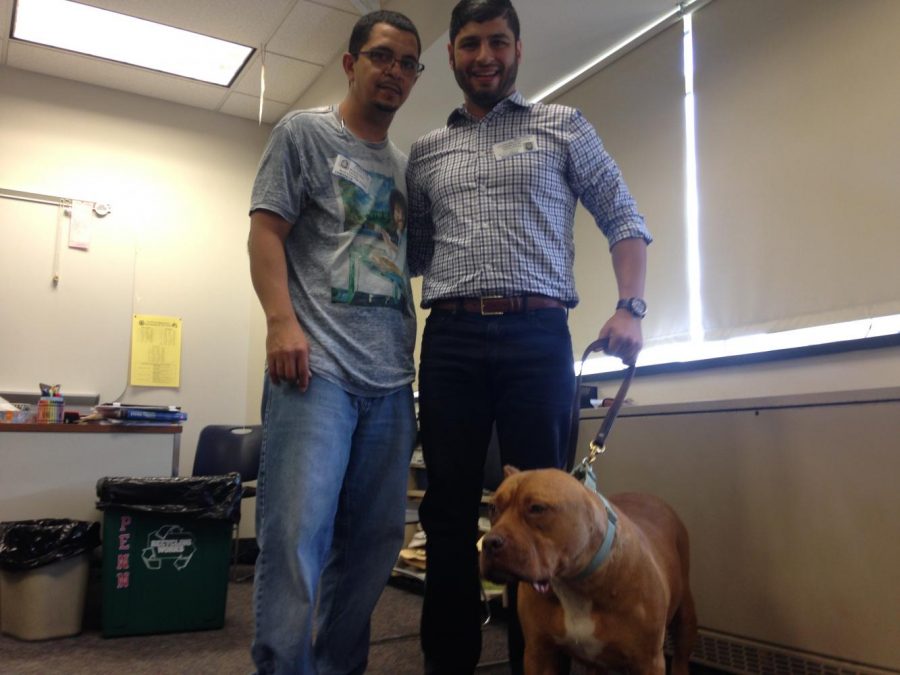
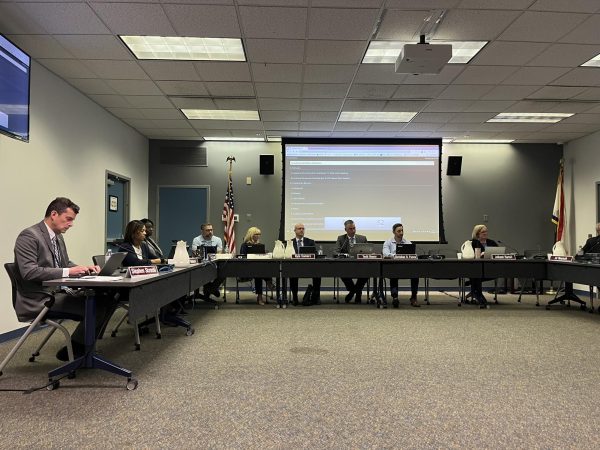
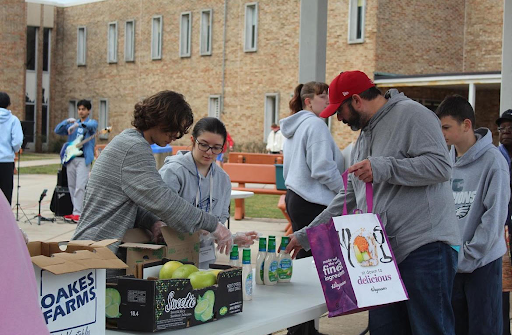

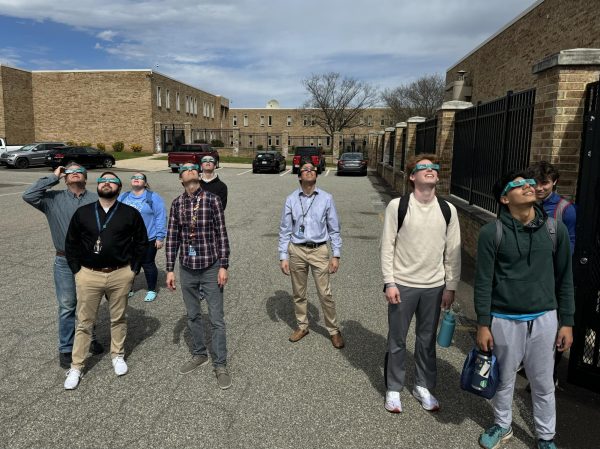

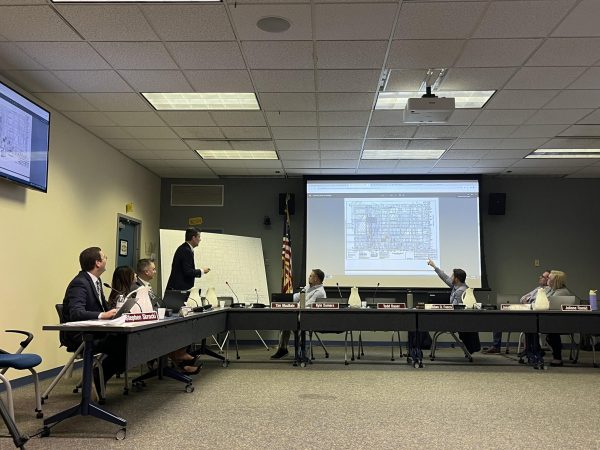
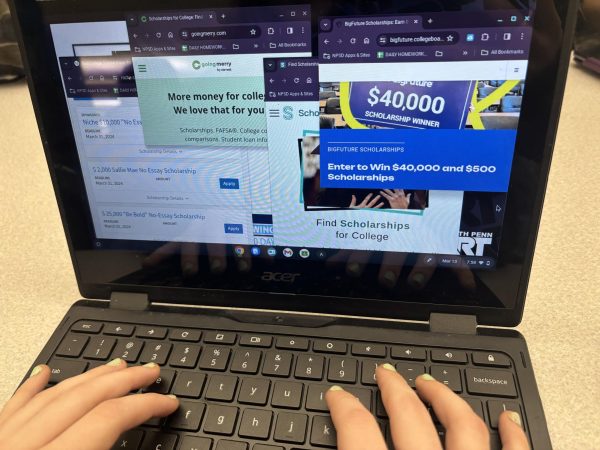
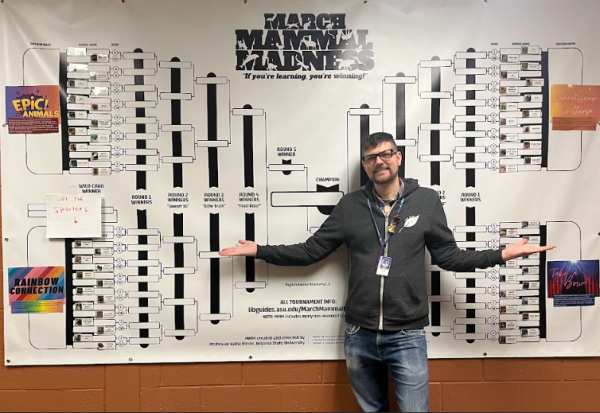
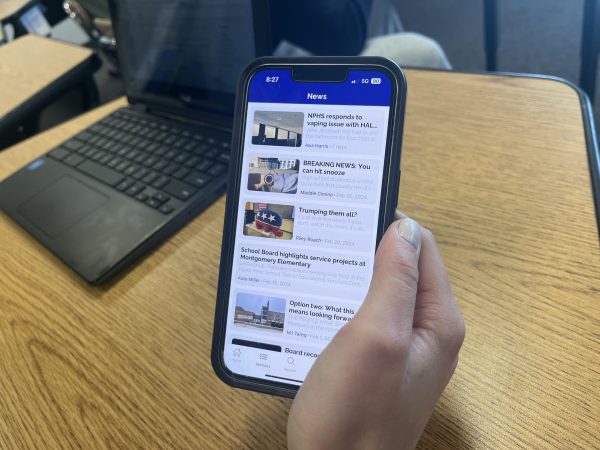
Dr. Hall • Oct 11, 2017 at 7:58 am
If you want a dog, adopting a dog from New Leash on Life is way to do so much good for so many.
Great article, Nina!